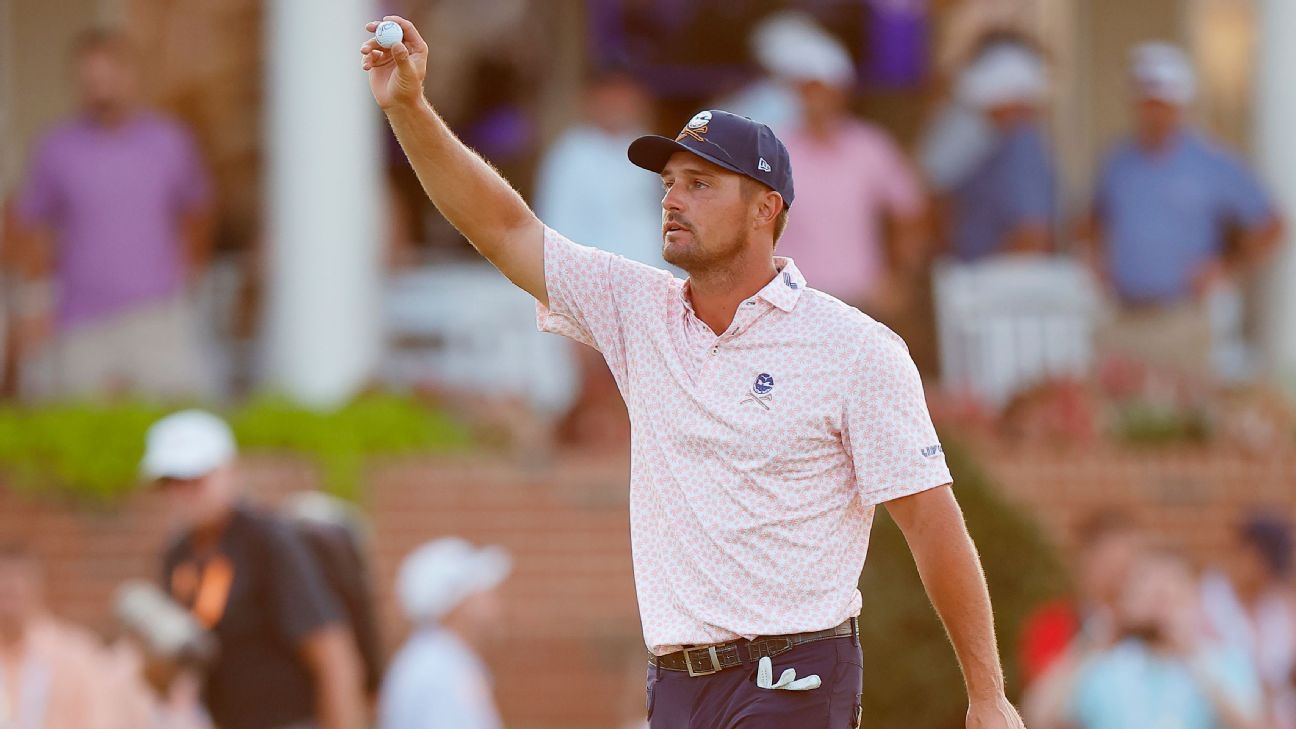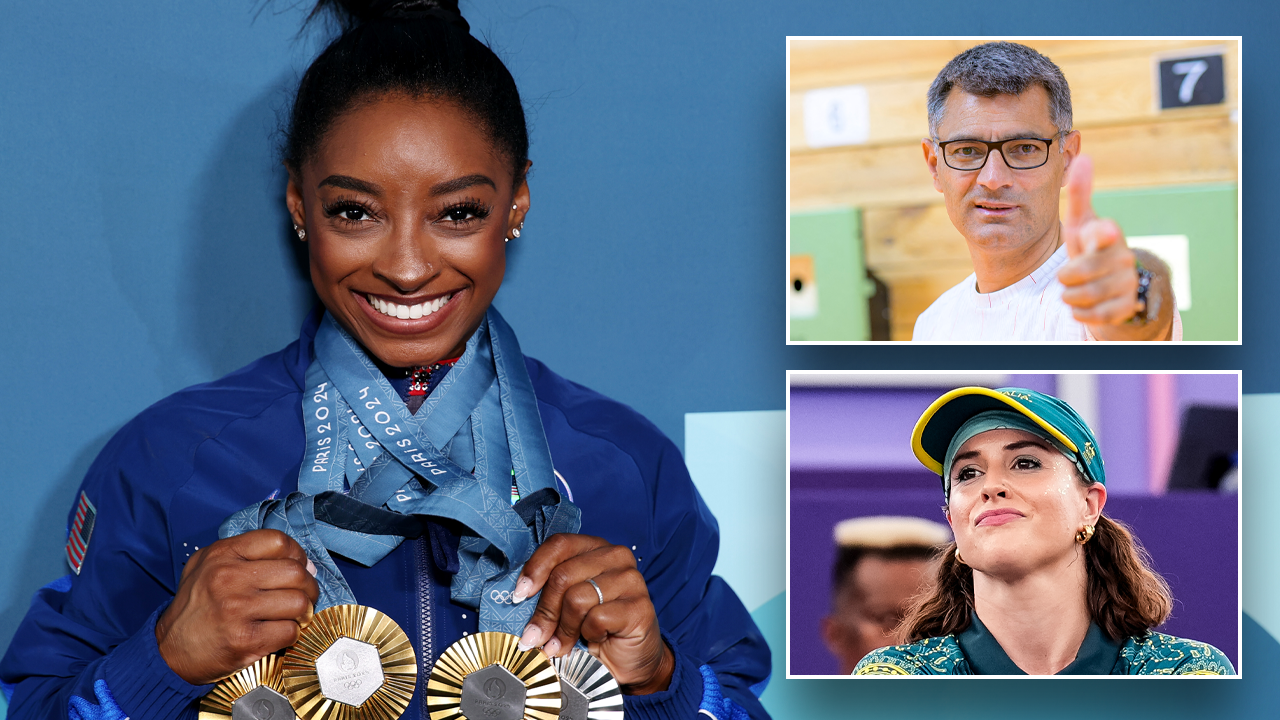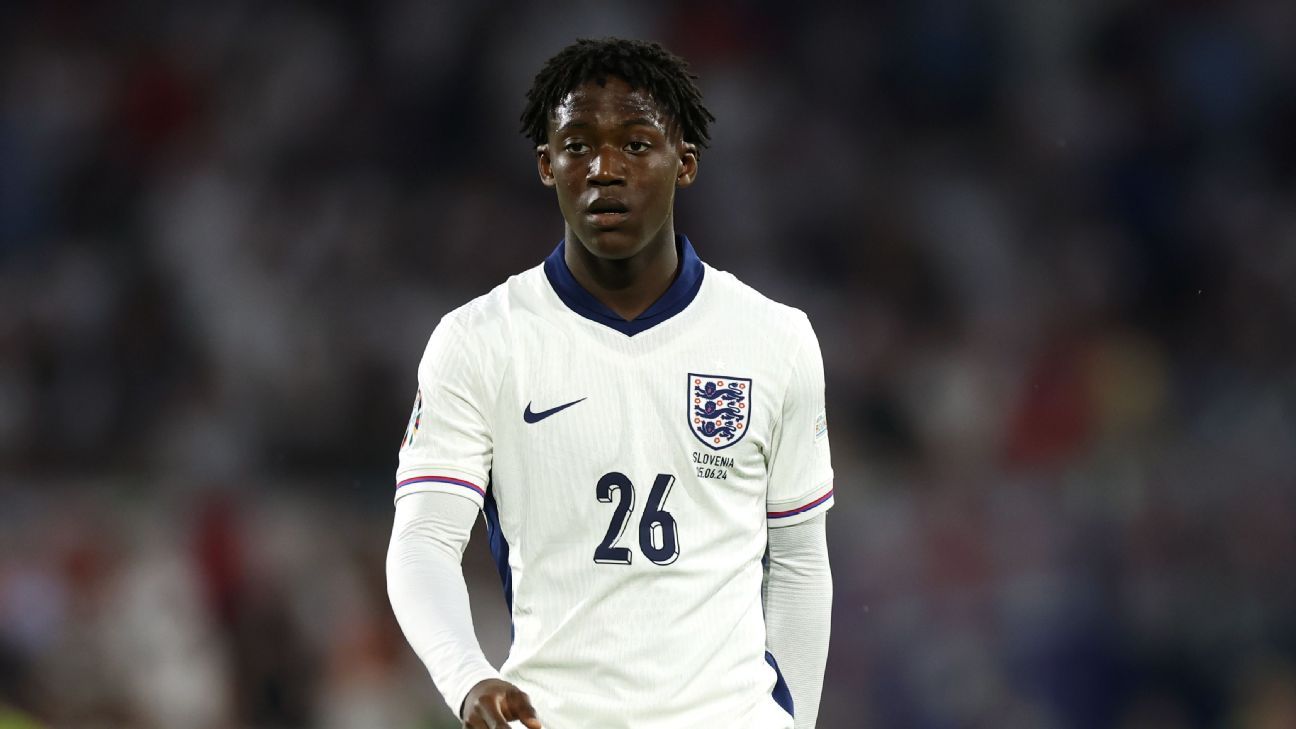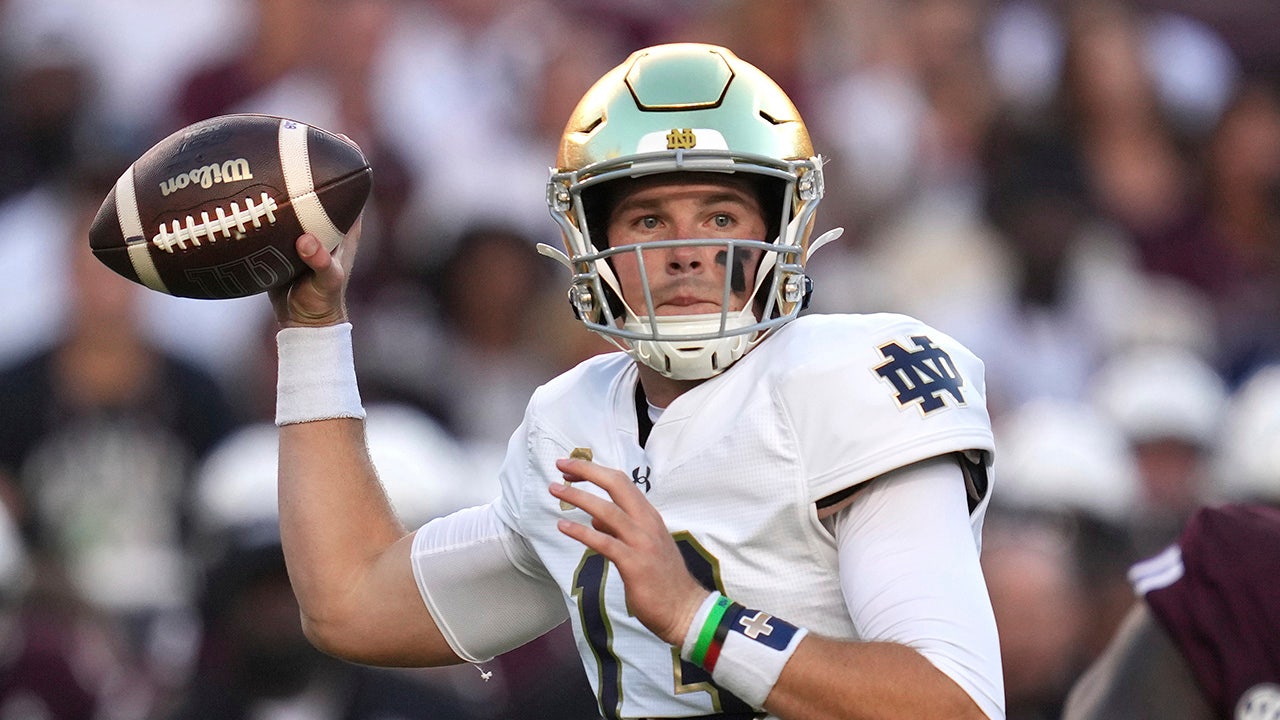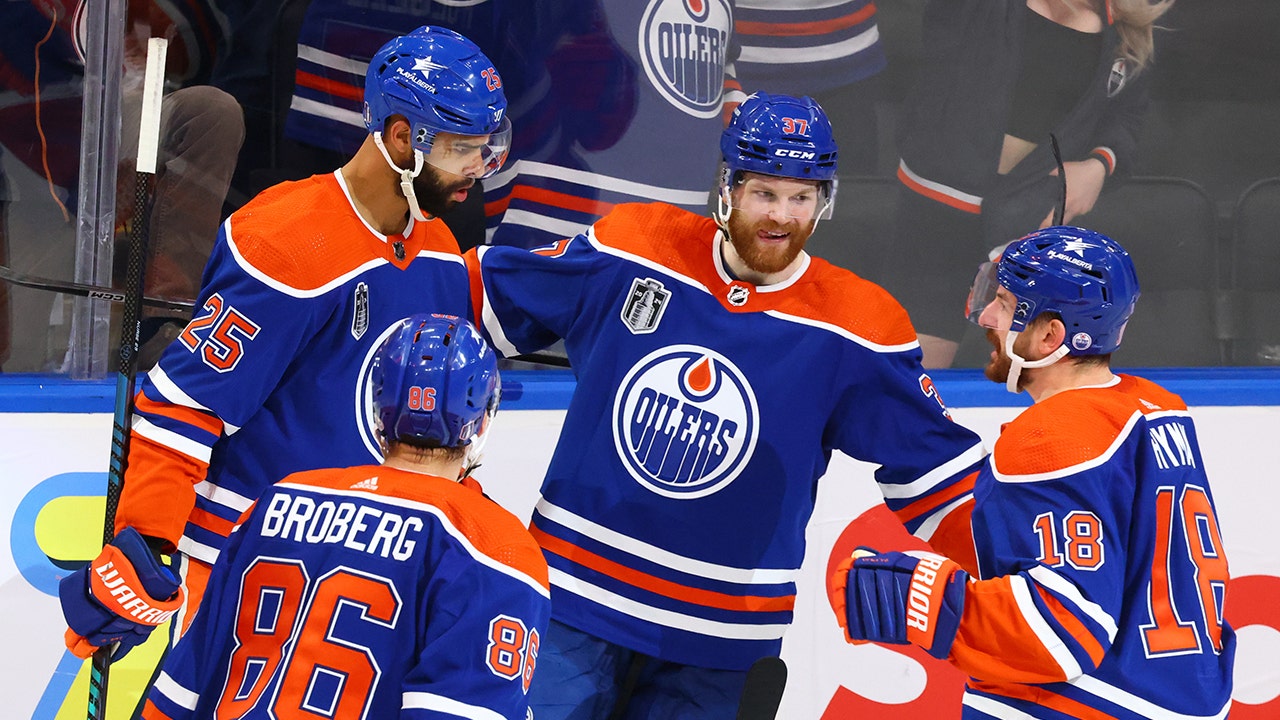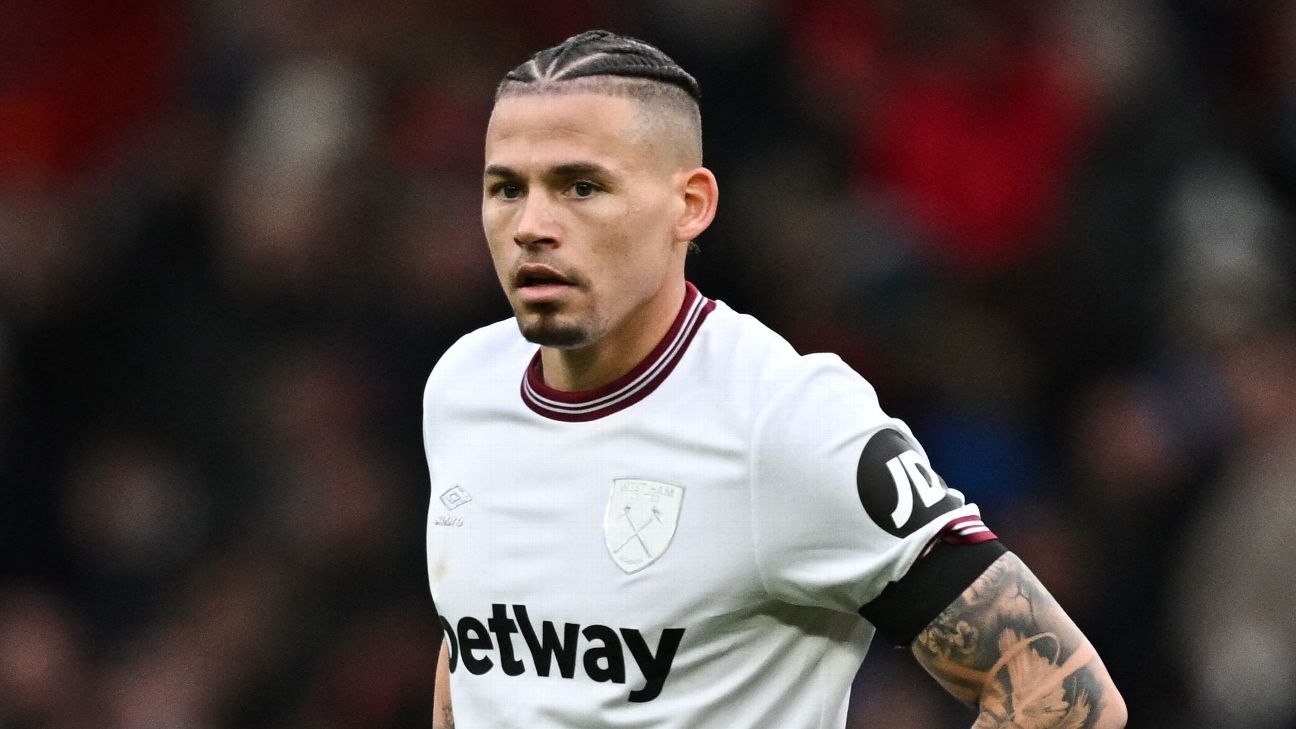PINEHURST, NC — Rory McIlroy doesn't mind admitting it: If there's a leaderboard within his periphery on the golf course, he'll check it out.
So as he made his way onto Pinehurst No. 2's back nine on Saturday during the third round, he couldn't help but take a look and imagine what was happening behind him. When McIlroy reached the 18th green, Bryson DeChambeau, who had started that day at 4 under, was suddenly at 8 under.
McIlroy tried to concentrate. He stalked his long birdie putt that would likely put him in the final group with DeChambeau if he missed, made the best throw of him and started walking after him. But unlike the putt he made Thursday for birdie on 18, this one missed.
As he entered the scoring room and walked out to the interview area, McIlroy still thought his deficit was 4 strokes. He entered a makeshift tent for an interview with Sky Sports. When he came out, he had already seen what had happened: DeChambeau had made a double bogey on the 15th hole. The lead was now 2 strokes. He wasn't done yet. After holding his general press conference, a member of the media informed him:
“Bryson birdied the 17th.”
“He did?” McIlroy asked.
The advantage was once again 3.
The swings at Pinehurst No. 2 are a feature, not a bug.
If a normal PGA Tour course allows players to race for birdies, while a place surrounded by thick roughs and trees like Valhalla turns the best players in the world into one-dimensional machines, what Pinehurst No. 2 has done this week is forcing competitors to know when to hit the brakes.
“I think there are holes where you have to be aggressive. There are holes where you have to be conservative,” McIlroy said after his round of 71. “There are places where you can challenge and hit close wedges. There are places where the ones you can attack.” “I have to stay away.”
The push and pull of the golf course on Saturday made it seem like every hole and every shot had monumental importance. Players like Tony Finau and Ludvig Åberg, who at some points in the day were tied for the lead, discovered just how much one bad shot can derail a round. They both made triple bogey on the 13th and are now well behind DeChambeau.
Others, like Matthieu Pavon and Patrick Cantlay, limited the damage and stayed the course. Pavón and Cantlay shot 1 under par and even par, respectively, to tie McIlroy at 4 under par heading into the final round.
“You feel like sometimes you're flying a little bit, your game, everything is happening,” Pavón said. “And then at some point you just miss a green, [you] “You can see a bogey and all of a sudden everything starts to get harder in your mind and in your game.”
McIlroy himself, who started at 3 under, jumped to 6 under twice during his round, only to fall back to 4 under by the end of the day. His conservative approach on the 12th hole (hitting a 3-wood instead of driver) gave him perfect vision to get the ball to 10 feet for birdie. In contrast, his aggression on the 14th hole, where he hit the driver 351 yards, allowed him to have a wedge that he placed 2 feet from the hole.
On the downside, an aggressive shot on the par-5 fifth hole left him a tough up-and-down for the birdie he missed, giving him a par on the easiest hole on the course. Later in his round, he attempted to approach the flags on the 15th and 17th holes (both par 3s), resulting in two costly bogeys.
“I love the test that Pinehurst presents,” McIlroy said. “You have to concentrate on every shot. That's what a US Open should be like.”
Watching other players struggle served to further highlight the type of round DeChambeau put together. As it unfolded, it seemed like a fever dream. Birdies on the fifth and seventh holes put DeChambeau at 5 under par. Although he was gaining ground on second round leader Aberg, he continued to reach out and grab his back. After performing the twist, he asked his trainer to stretch him while he dealt with a hip problem.
Although DeChambeau said the problem sometimes prevents him from fully taking a shot, it didn't seem to affect him Saturday. On the back nine, his drives went 348, 359, 335, 333, 344 and 341 yards.
However, what has put DeChambeau at the top of the rankings has not necessarily been his powerful driving. On the 13th and 14th holes, DeChambeau hit drives into the waste area (the first occurred after he hit iron off the tee and asked fans not to boo him for it), but he remained aggressive and hit both putts. approach 10 feet from the tee. hole.
“That's what you're doing here, you're trying to play conservative golf that gives you a chance to get some scenarios right,” DeChambeau said. “That's the best way I can describe it.”
Given the way DeChambeau has putt this week (fourth in strokes gained: putting), all the 2020 US Open winner has had to do is put it on the green. For three straight days, Pinehurst No. 2 has shown how well-rounded DeChambeau has become (he's the only one to score in the 60s in all three rounds) and how much he enjoys the spotlight.
“That's what I like most about golf tournaments,” DeChambeau said. “When the pressure is on and I execute like I know how, there's no better feeling in the world.”
McIlroy might be showing more restraint, although he'll have to chase DeChambeau on Sunday, but he's been here before. If anyone knows the danger of trying to force things as much as he knows the danger of not being aggressive at all (see: Old Course in 2022, LACC in 2023), it's him.
“I'm excited about it,” McIlroy said of trying once again to win his first major in more than 10 years. “I hope tomorrow produces the golf that is needed to improve.”
All eyes will be on McIlroy and DeChambeau, and while they play in different pairings, there will also be plenty of scoreboard watchers. But the fact that this course has highlighted what makes them both elite players is another reminder of the true duel at hand.
“At the end of the day, it's me against the golf course,” said Pavón, who will be paired with DeChambeau. “My only goal every time I show up is to try to beat the golf course.”
This week, more than most, it's a lot easier said than done.

